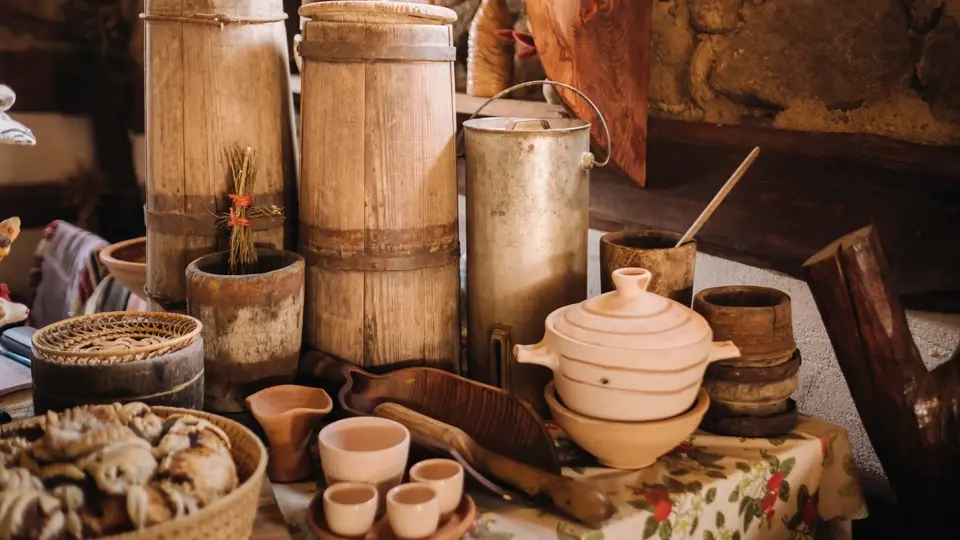Timeless Flavors: Explore Spain’s Medieval Gastronomy
Spain offers a unique tapestry woven from the threads of its diverse regions. With its stunning landscapes, stunning architecture, and passionate people, Spain invites you to explore not just its sights but also its remarkable culinary heritage.
One of the most fascinating aspects of this heritage is its medieval gastronomy, a treasure trove of flavors and traditions that have stood the test of time.
A GLIMPSE INTO SPAIN’S MEDIEVAL TIMES
The medieval period in Spain, spanning from the 5th to the late 15th century, was marked by a series of profound changes that shaped the nation’s identity. The influence of the Romans, Visigoths, Moors, and Christian kingdoms created a cultural melting pot. This fusion of traditions not only impacted on art and architecture but also laid the groundwork for a vibrant culinary scene. Spices from the East mingled with local ingredients, creating dishes that were both hearty and flavorful.
As you wander through medieval towns like Toledo and Córdoba, you can almost hear the echoes of bustling markets, where merchants traded spices and fresh produce, and the scents of simmering stews wafted through the narrow streets.
Each dish you encounter here tells a story, one that speaks of the region’s history, climate, and of the agricultural practices. Today, these culinary traditions live on, inviting us to taste the past.
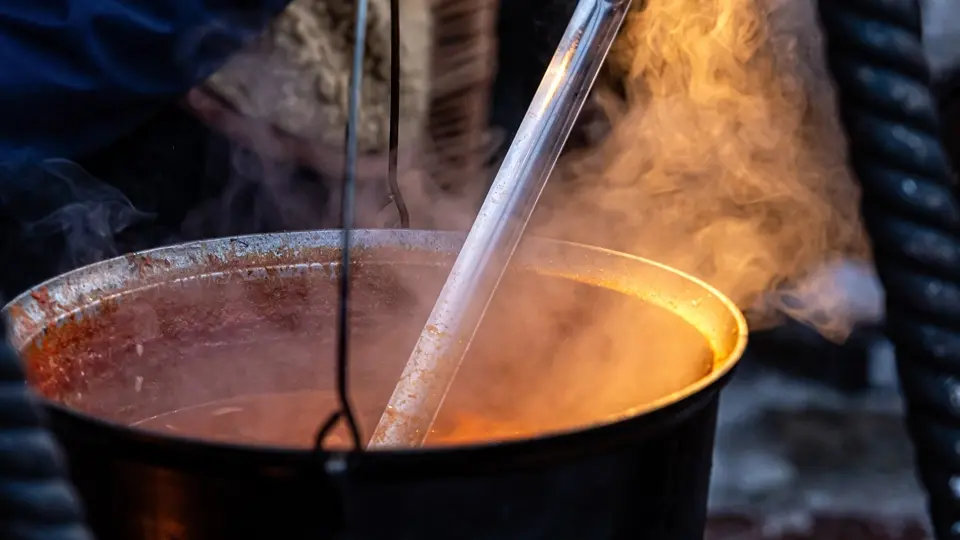
DISHES WITH A STORY
Let’s take a closer look at some medieval dishes that continue to grace the tables of modern-day Spain, bringing a taste of history to our plates.
GACHAS MANCHEGAS
Originating from the arid plains of La Mancha, gachas manchegas is a rustic dish that speaks to the heart of Spanish culinary tradition. Made from simple ingredients like flour, water, and olive oil, this dish is enhanced with spices and occasionally garnished with bits of chorizo or fried eggs.
Its origins date back to times when farmers needed to create hearty meals from available resources, making it a staple for many families. Today, gachas are still enjoyed throughout Spain, especially during colder months, providing comfort and warmth.
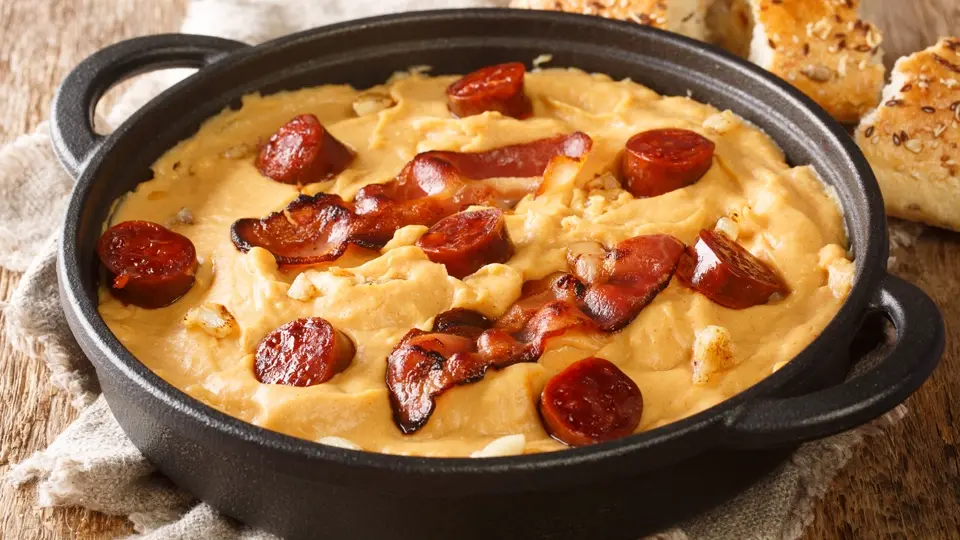
OLLA PODRIDA
Coming from the region of Burgos, olla podrida is a traditional Spanish stew that is based on the concept of “waste not, want not”. This hearty dish is a mix of flavors, featuring a delightful blend of meats, beans, and vegetables simmered together to create a rich and satisfying meal.
The name translates to “rotten pot”, a reference to the pot being filled with various ingredients, sometimes including leftover meats.
The communal aspect of olla podrida makes it a favorite for gatherings, allowing friends and family to share a meal steeped in history
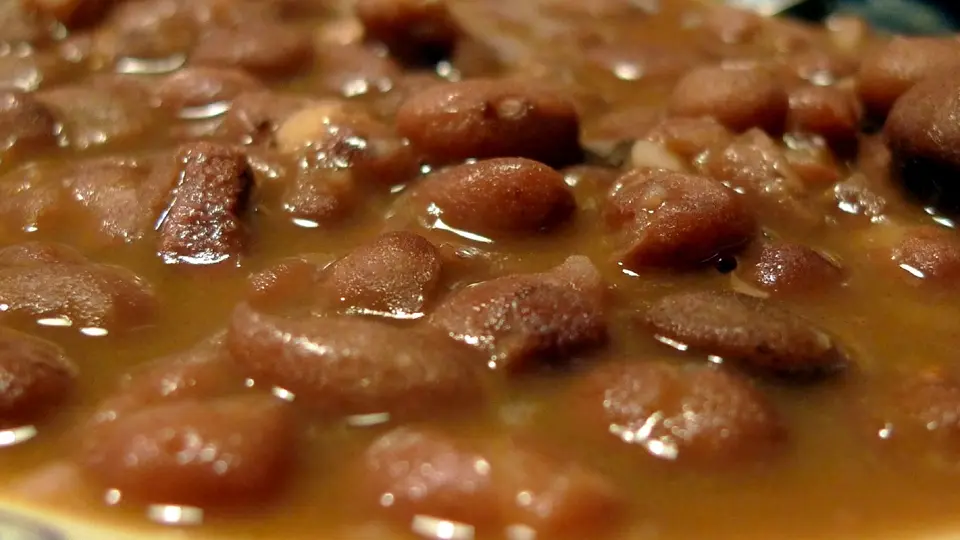
Photo: SOPHOCO. Adapted under license (CC BY 2.0)
CALDERETA DE CORDERO
In the land of sheep and pastoral landscapes, caldereta de cordero reigns supreme. This lamb stew, typically prepared in a clay pot, boasts tender chunks of meat cooked slowly with vegetables, herbs, and spices.
Its roots can be traced back to shepherds who cooked hearty meals over open fires, celebrating the simple and profound connection between the land and its produce. Today, you can find this dish in many Spanish homes, especially in the regions where lamb is a culinary principal.
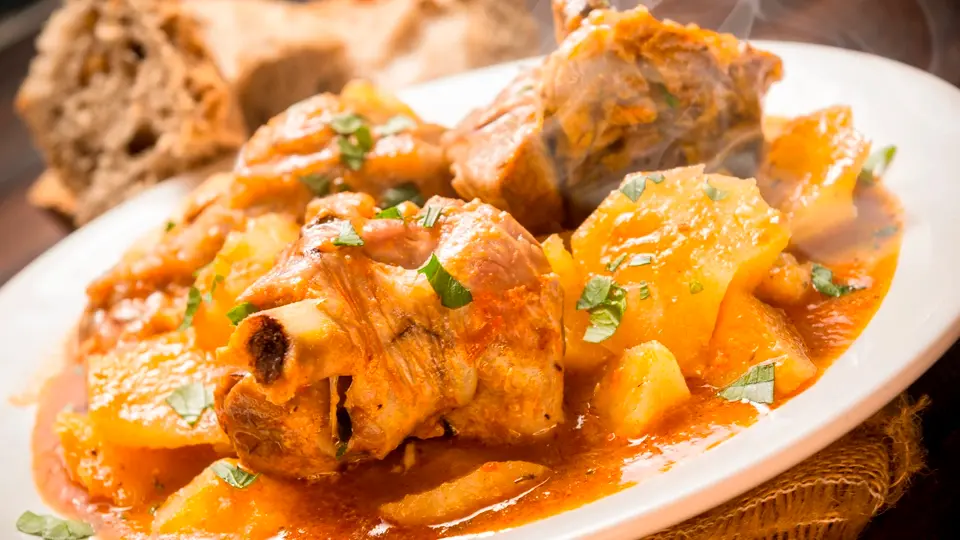
PISTO
Pisto is often referred to as the Spanish ratatouille, originating from the region of La Mancha. This vibrant dish is made from a mix of fresh vegetables like tomatoes, peppers, zucchini, and eggplant, sautéed in olive oil and seasoned with garlic and herbs. Traditionally, pisto was prepared by rural families to use up seasonal vegetables, and it often featured an egg on top, fried or poached.
Today, this colorful dish is a popular tapas choice and embodies the essence of Mediterranean cooking, celebrating fresh, locally-sourced ingredients.
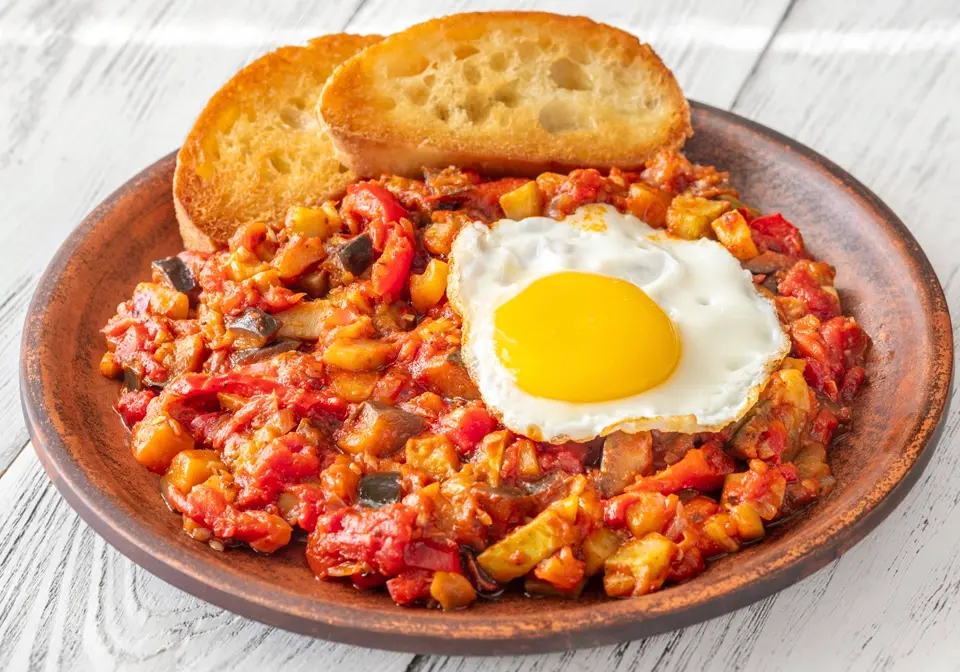
SOPA DE AJO
Sopa de ajo, or garlic soup, is a rustic dish with roots in the medieval kitchens of Spain. Made from simple ingredients such as garlic, bread, paprika, and eggs, this hearty soup reflects the cleverness of medieval cooks who turned humble ingredients into comforting meals.
Variations of sopa de ajo exist throughout Spain, but it is especially popular in regions like Castile and León. With its bold flavors and rich history, this warming dish is perfect for those chilly evenings, inviting you to experience a taste of the past.
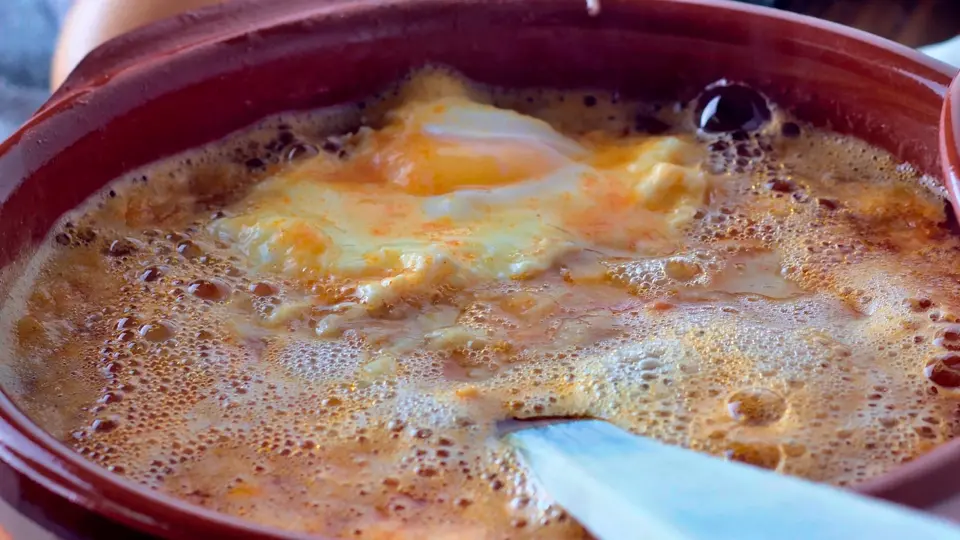
EMBRACE TRADITION IN MODERN SPAIN
As you may imagine, I traveled a lot, so I can assure you that one of the best ways to experience a culture is through its food. In Spain, tasting medieval dishes allows you to connect with the past while enjoying the present.
Moreover, participating in local food festivals or cooking classes can immerse you in the vibrant world of Spanish gastronomy, allowing you to learn about the ingredients and techniques that make these medieval dishes special.
Whether you’re sampling gachas at a rustic tavern or sharing a pot of olla podrida with newfound friends, you’ll find that each bite is a proof of Spain’s rich history and culinary talent.
Many Spanish restaurants and taverns celebrate their culinary heritage, often using family recipes passed down through generations
AND IF YOU´RE FULL…
As you can see, exploring Spain’s medieval gastronomy is not just about tasting food. It’s about savoring stories and traditions that have shaped a nation.
From the hearty stews of Burgos to the comforting gachas of La Mancha, these dishes embody the spirit of Spain’s past while remaining an integral part of its culinary landscape today.
So, on your next journey to Spain, take a moment to indulge in these timeless flavors and allow yourself to be transported back in time, one delicious bite at a time.
